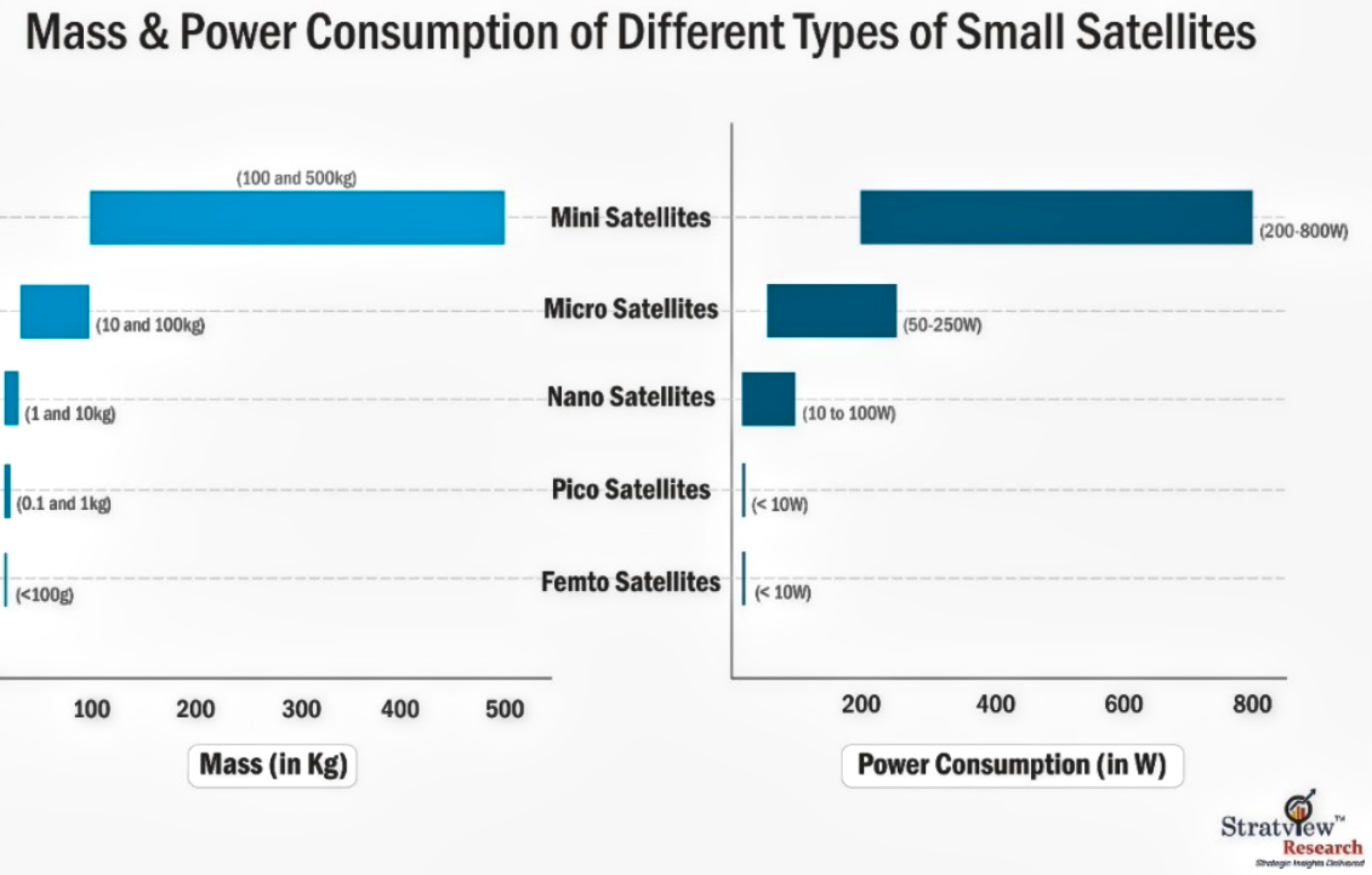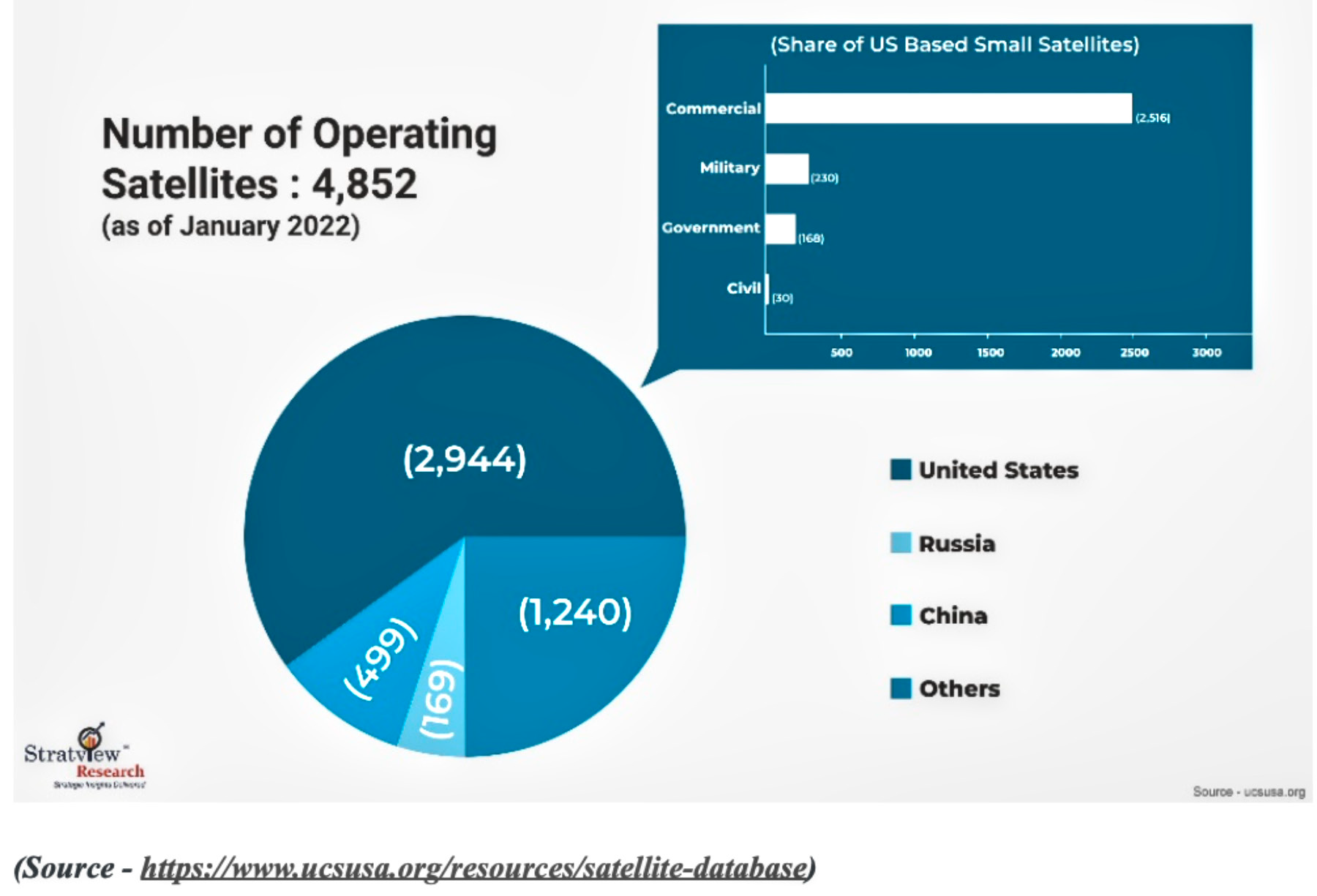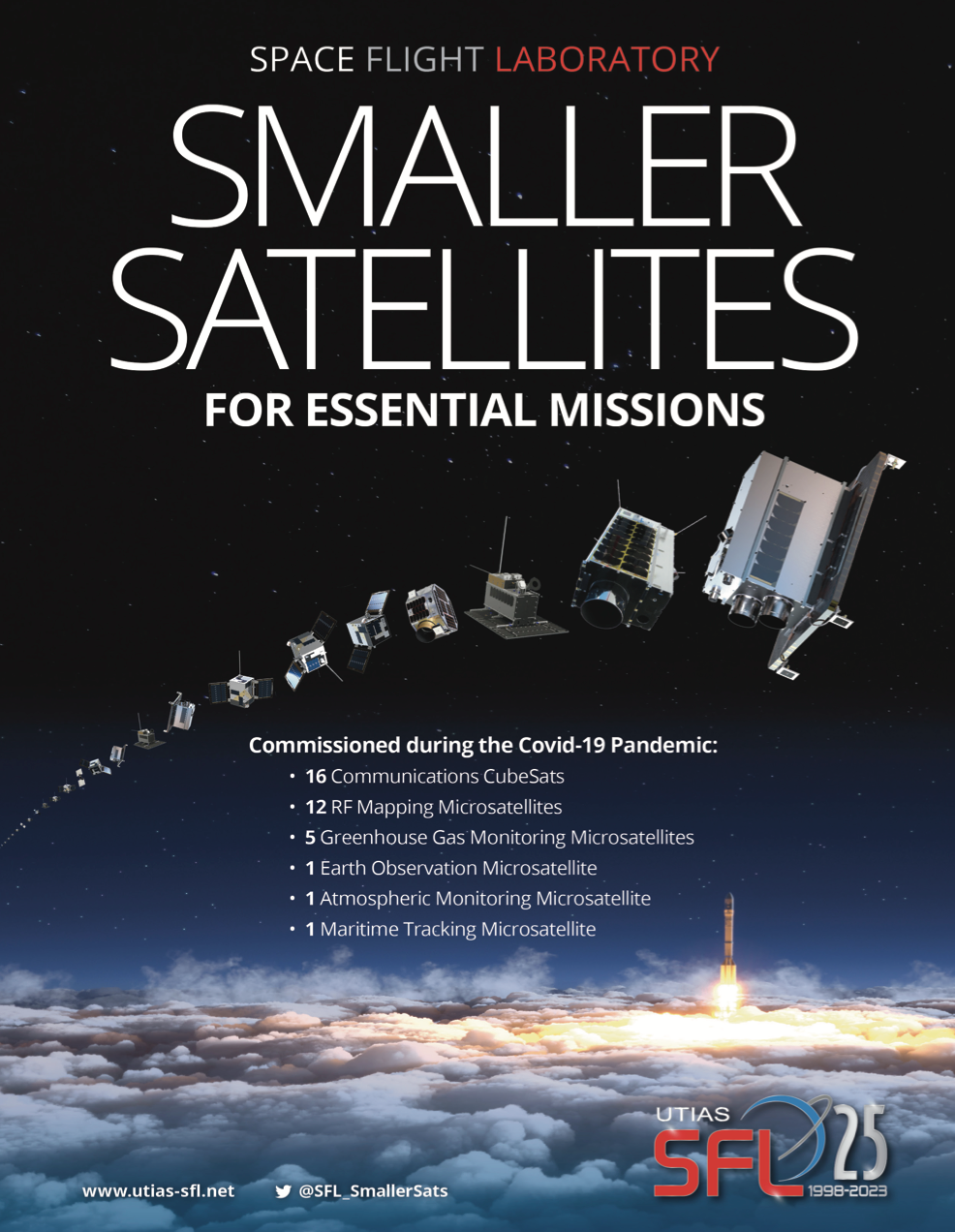Search on your mobile device or desktop computer for near-by restaurants, ATMs, pharmacies, or supermarkets, and Google Maps will tell you how to travel to the place you are seeking — the app also makes suggestions and recommends similar destinations to make the search more accurate for the user. Learning to understand road maps or asking direction every two streets are no longer needed after Google Maps came into play.

How does this miraculous, world-covering map tool work? Simply put, it’s a combination of data collected and processed by satellites and government agencies. Google Earth and Google Maps both use satellites to capture views from above. Smallsats capture street markers, building locations, and so on.
Not only this, but smallsats help us in several additional ways. The smallsat on-orbit in space is transmitting signals for your Direct-to-Home (DTH) device, allowing you to watch your favorite show or cheer for your favorite player during a game from the comfort of your living room.
Smallsat — Big Discoveries (Applications and more…)
To define, these low mass and size spacecraft, usually under 500 kgs., are sent to space to serve specific purposes and they now permeate almost every sector of life, making people safer, lives more efficient, and modernizing the way national infrastructures operate. Some examples follow of smallsat efficiencies...
1. Earth Observation Smallsats gather information about the Earth’s physical and biological systems, usually using imaging devices. The applications include weather forecasts, agriculture (crop yields management, and more), energy (oil & gas mineral deposits), infrastructure (harbors, airports…), the environment (deforestation, desertification, melting ice...), navigation, military, and natural disaster prevention, among others elements.
The most powerful Earth Observation (EO) satellite is said to be the ‘Landsat 9’ that was launched by NASA in September of 2021,
which can scan the planet every 99 minutes and monitors key natural and economic resources from orbit.
2. Technology and Science Smallsats are used to serve multiple tech and science purposes that include, but are not limited to, radio transmissions, meteorolog, and other science missions.
• Smallsat in Meteorology — Where a small satellite is called upon to play an important role in storm detection and in the development of climate and weather models that help improve weather forecasts.
• Science & Tech satellite and the Space race — The world’s first artificial satellite, Sputnik 1, was launched by the Soviet Union in the year 1957, marking the start of the space race. This satellite was launched to place a radio transmitter into orbit around Earth.
NASA has updated the old adage — ‘big things come in small packages’ — in the form of CubeSats. The technology packed into these small spacecraft was originally developed in 1999 for educational purposes. However, NASA has since used them for new science missions and to test new electronics, sensors and software that might be included in larger space missions.
3. Security, Defence and National Space Programs Today’s armed forces rely on space-based information for inspections, weather tracking, navigation and more. Different reports suggest that, as of 2021, there are ~400 known military satellites orbiting the earth (in total), half of which are owned by the U.S., followed by Russia, China and India.
Did you know — The first military satellite was launched in the 1960s when the United Kingdom created Skynet as that nation’s own military satellite communications (MILSATCOM) system, need by the UK owing to inadequate submarine cable availability as well as to increase flexibility, reliability and security.
4. IoT and Communications The Internet of Things (IoT), machine-to-machine (M2M) communication, Telephony and Internet access have become some of the most common, small satellite applications. To think of a day without the application of communication satellites is quite difficult.
Did you use a cellular phone, a fax machine, a pager, or even listen to the radio? If your answer is, yes, your device probably used a communications satellite, either directly or indirectly.

In the 1950s and 60s, the world witnessed the United States and the Soviet Union spur one another on to incredible achievements in the first space race. Since that time, space exploration has become more collaborative.
Not only for use by governments, smallsat permeate almost every sector, making people safer, our lives more efficient, and revolutionizing the way our national infrastructure works, especially in regard to communications — telecommunications, broadcasting, and data communications. Some of the basic types of communication services that satellites provide...
Telecommunication services include telephone calls and services provided to telephone companies, as well as mobile, and cellular network providers.
Broadcasting services include radio and television (DTH or satellite television) delivered directly to the consumer and mobile broadcasting services.
Data communications, as the name suggests, involves the transfer of data from one point to another. With the growth of the internet, a significant amount of traffic goes through satellites, making Internet Service Providers (ISPs) one of the largest customers for satellite services.
The use of Satellite Communication (SATCOM) has become widespread across the globe for such diverse applications as Telephones, DTH Broadcasting, and, mostly, the internet.
The demand for Communication Satellites (COMSATs) has been growing rapidly, owing to the rising demand for internet services as the world continues to move toward digitalization.
The records reveal the growing demand of COMSATs...
Approximately 568 spacecraft were launched in Q2 2022. However, driven by the continued deployment of the OneWeb and Starlink constellations, about 77% of the spacecraft launched were COMSATs.

There were >1740 satellites launched in the year 2021, of which 80% were COMSATs. Smallsats launched for communication purposes in 2021 numbered 3,135— that’s an increase of 71.12% since December of 2020.
In the year 2020, 83% of the 1,200 satellites launched were for COMSATS.
Faced with the need for 24/7 internet connectivity for the various economic sectors, telecommunications technology has created several systems and tools that are at the forefront of this reality, regardless of the diverse circumstances that may act as a bottleneck in their communication and coverage, such as weather or geographic location. Satellite internet allows connectivity in remote locations without the need for complex systems to access the internet service or specific programs and/or developments that are required for it to run.
According to the International Telecommunication Union (ITU), only ~35% of the rural world uses the internet. Satellite internet providers such as SpaceX’s Starlink are aiming for global coverage with the added concentration on rural areas. In September of 2022, SpaceX accomplished a milestone by providing high-speed internet in Antarctica, a truly remote location.
Are Smallsat Only ‘Small’?
No. While all of this genre of satellites can be referred to as ‘small’, different classifications are used to categorize them, based on the spacecraft’s mass. Not all smallsats are small — there are Mini, Micro, Nano, Pico, and Femto. The following chart shows some of the differences between these satellites...
Some examples of different types of smallsats...
Mini Satellites — Maximum Possibilities
Among mini, micro, nano, pico, and femto satellites, mini satellites are simpler and use similar technologies as larger satellites. According to the site SpaceXstats, as of June 2022, ~2,450 satellites are currently orbiting the Earth. SpaceX alone has increased the number of their internet satellites 2.5x during the past 18 months.
The U.S. Wins the Race to Space
As of January 1, 2022, of the 4,852 active artificial satellites orbiting the Earth, 2,944 belong to the United States. This is, by far, the largest number of satellites for any single country. The U.S.’s nearest competitor, China, accounts for only 499 as of this writing.
Pioneering the smallsat market, in the year 2020, new smallsat launches in the USA grew six-fold from that of the 2019-level, mainly driven by SpaceX’s Starlink constellation.
The figure below right depicts the number of active satellites orbiting the Earth, and offers particulars about the satellites operated by the U.S.
A region of the world were growth is significant for satellite ownership and operations is the Asia-Pacific (APAC) region. China is the leading contributor to this increase in the region in the wake of strong expenditures on space exploration and space-based defense activities. That nation’s expenditure on space programs reached >$10 billion in 2021.
The Covid-19 Impact on Smallsats
While the pandemic brought many industries to a screeching halt, the smallsat industry continued to thrive. However, the momentary halt of satellite production lines, rescheduling of launches, and restricted availability of funding, did lead to some turbulence for the industry amid the pandemic.
In 2020, >1,200 smallsat were launched, which stands as the highest number of launches in a year when compared to all the previous years. In 2021, almost >1,700 smallsats were launched, even more than the number of launches in 2020. The world has witnessed a constant growth in the number of satellites over the last decade, driven by a number of reasons...
— The development of the smaller CubeSat l enabled the launching of a large number of small-sized satellites at the same time.
— The race for satellite broadband services, especially SpaceX Starlink
— In May of 2019 SpaceX launched the first batch of 60 smallsat aboard a Falcon 9. By May of 2021, the company had launched 1,737 Starlink satellites.
The year 2022 was a big year for space, which is rapidly becoming a venue that is far more accessible: developing nations, private companies, and various organizations are now launching spacecraft on a fairly regular basis. With the boom in smallsat development, manufacturing and launches, companies are focusing on increasing their investments and production capabilities to meet the increasing demand.

Smallsats Have ‘Lots Of Space’ To Grow

With the pricing for smallsat manufacturing, development and operations, companies are stepping into the space sector at a rapid pace. Lower and affordable costs have opened the doors for numerous private companies to enter the smallsat market, a space that was once occupied only by governments and education institutions.
The smallsat market grew from $763.7 million in 2017 to $4,657 million in 2022 — that’s a growth of ~500%. The Global Smallsat Market is estimated to reach ~$8,456.3 million during the coming five years and that is almost double the size of the market in 2022.
No wonder, looking up into the sky, the smallsat market offers a space that is definitely full of exciting opportunities.
www.stratviewresearch.com



